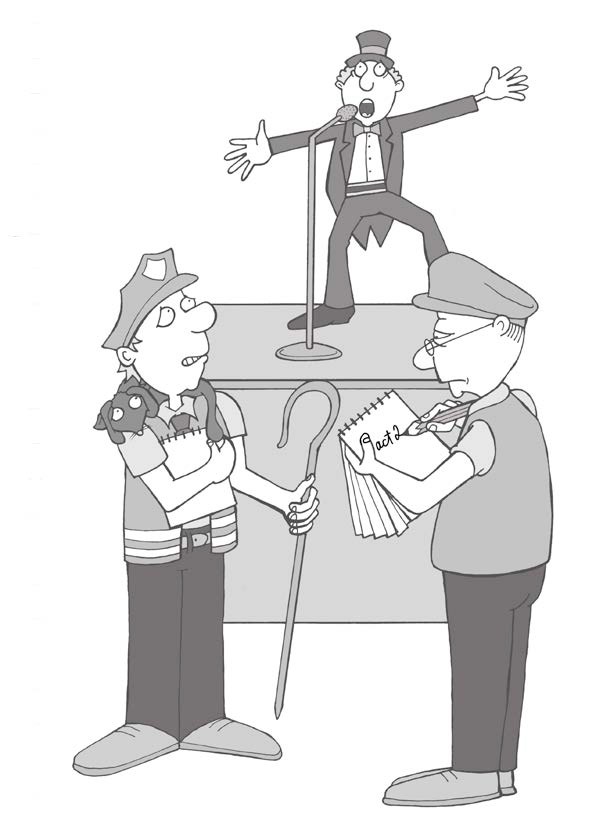A danger time for imposter feelings is when something goes wrong. When you make a mistake. This is likely to send a shiver through your imposter body and stir up all the imposter fears. So it’s a good idea to have a routine to follow when you make a mistake. This could be:
1. Acknowledge it
Acknowledge that you have made a mistake. Force yourself to describe accurately what happened
2. Accept feeling uncomfortable
Accept that you will feel anxious and uncomfortable. And that this is normal, not nice but normal. Remind yourself that a mistake is not fatal. Unpleasant, yes, but it does not mean that you are stupid or incapable or a failure.
3. Scale it
Be objective about the scale of the mistake. Is it as bad as you think? What was the context? Could you have done anything about it? Does this mistake wipe out the positive parts of what you did? How significant will this be in a year’s time? It can be hard to be objective by yourself so perhaps you need a second opinion.
4. Impact
What are the consequences? How likely are the negative consequences?
“I didn’t fail 1000 times. The light bulb was an invention with 1000 steps.”
Attributed to Thomas Edison, (1847-1931), US inventor
5. Act
Then try to take some action rather than dwell on the worries. What can you do to rectify the mistake? What can you do to move on?
“Our greatest glory consists not,
in never falling,
but in rising every time we fall.”
Oliver Goldsmith, (1730-1774), Irish writer
“The fastest way to succeed is to double your failure rate.”
Attributed to Thomas Watson, (1874-1956), former president of IBM
So
We all make mistakes. It’s not nice and you will probably feel embarrassed and uncomfortable. That’s normal. But a mistake does not mean you are a fraud or a failure. And if you have a strategy for dealing with mistakes you can keep your response in perspective.
Extract from The Imposter Syndrome. Hugh Kearns, 2015.

